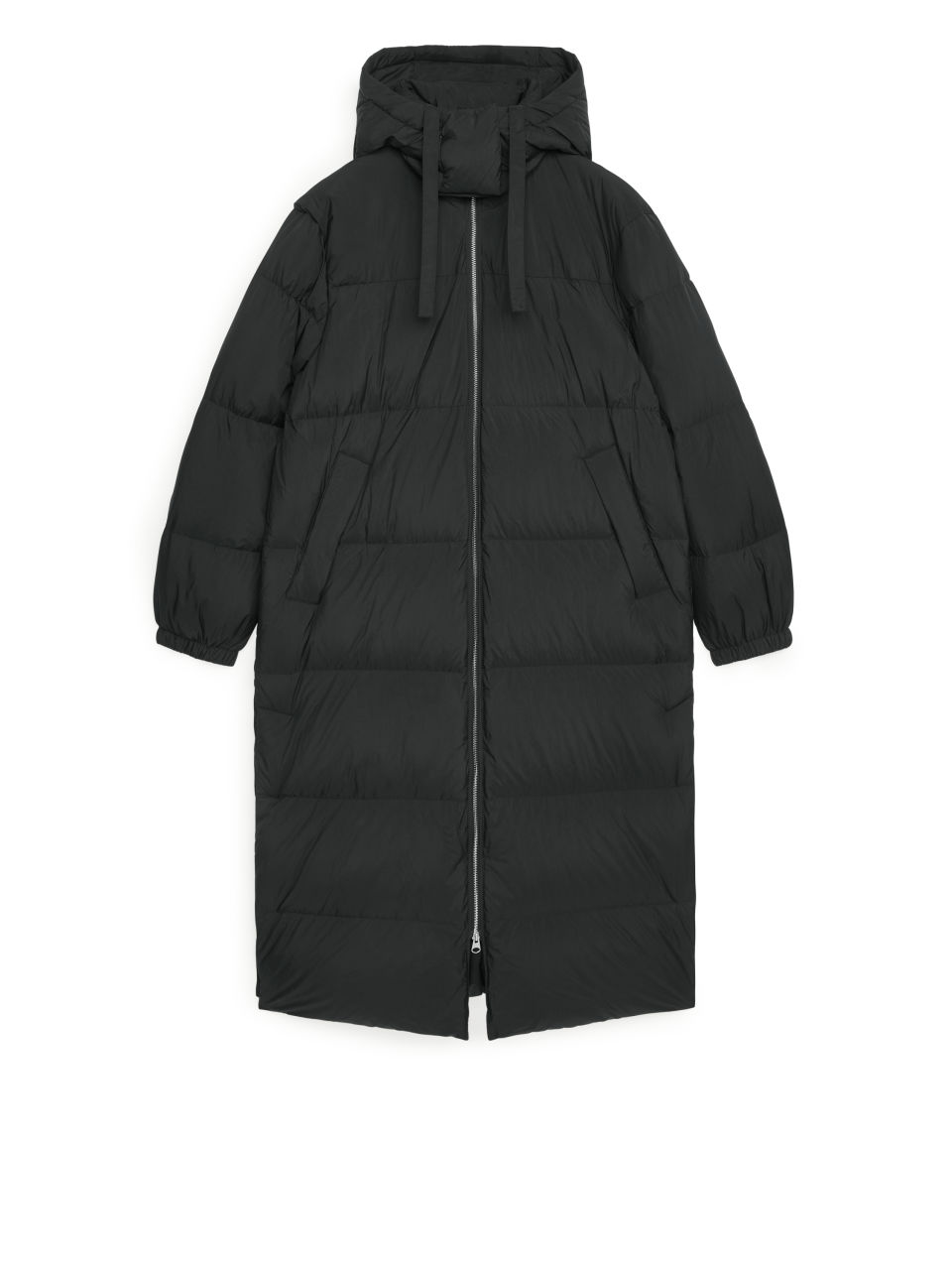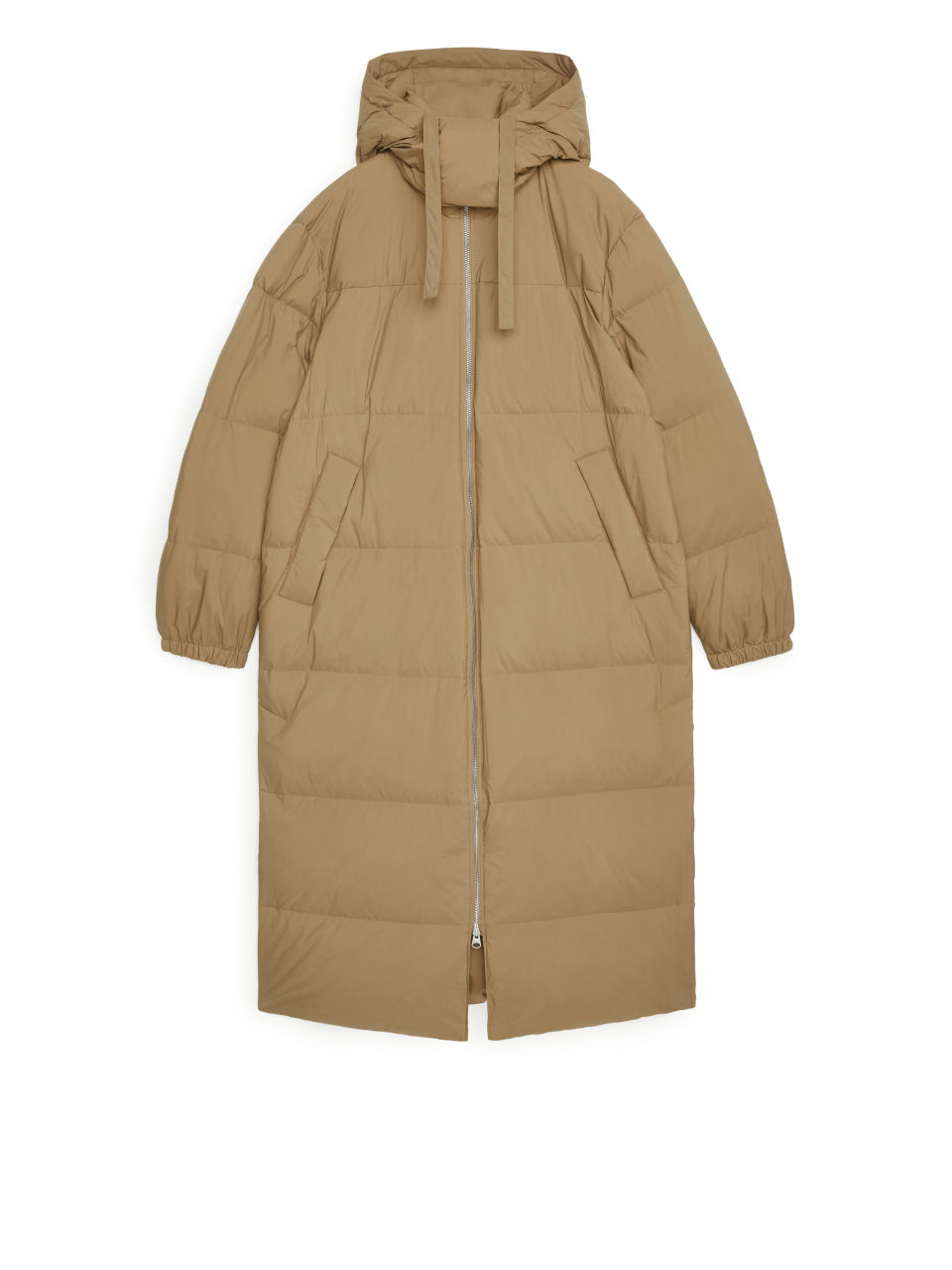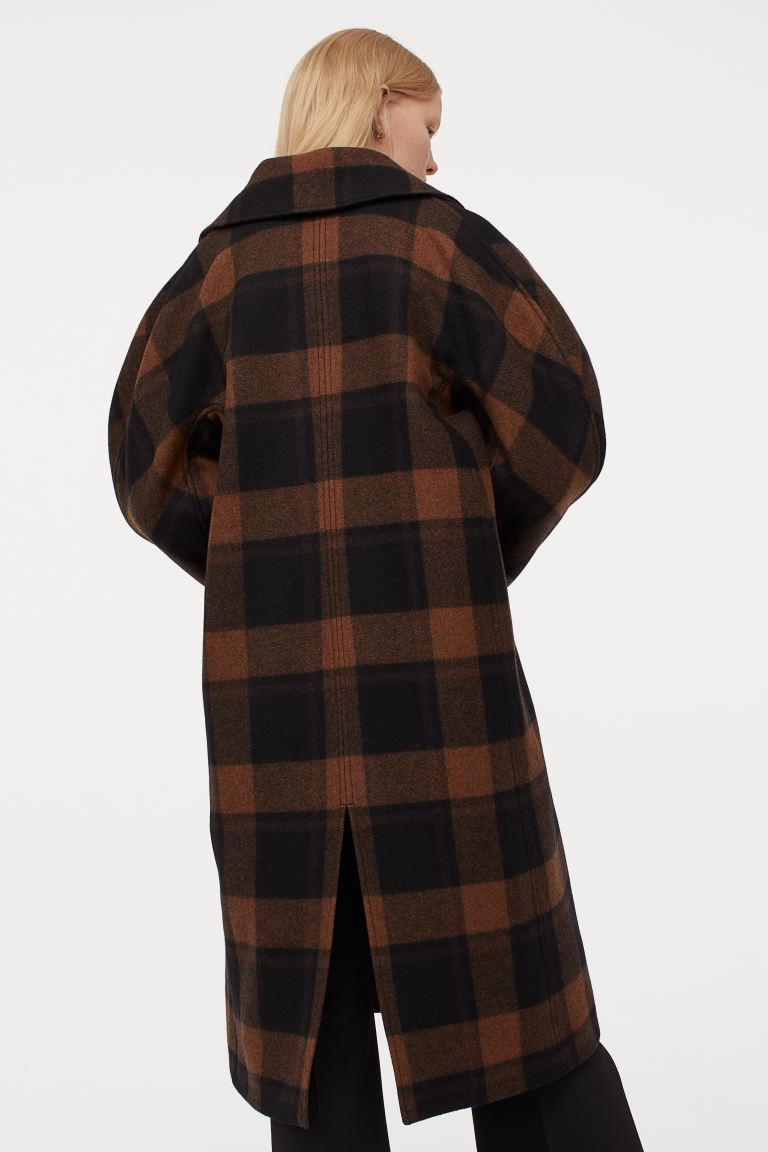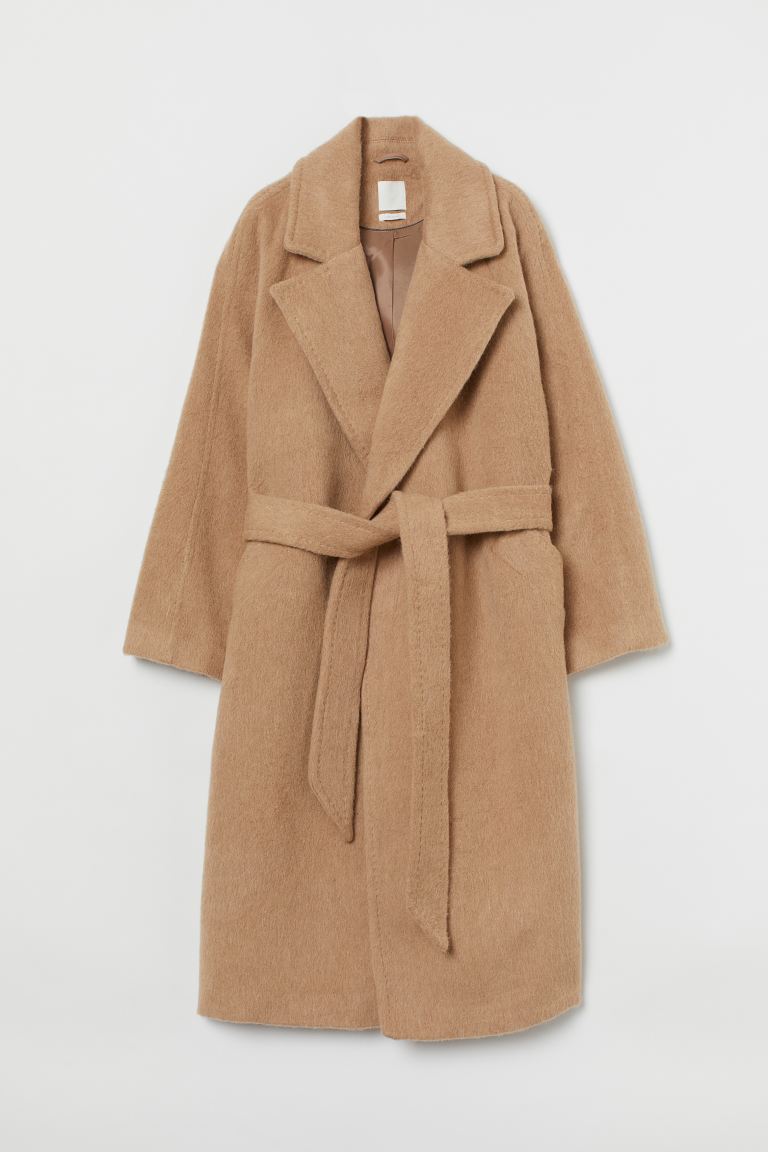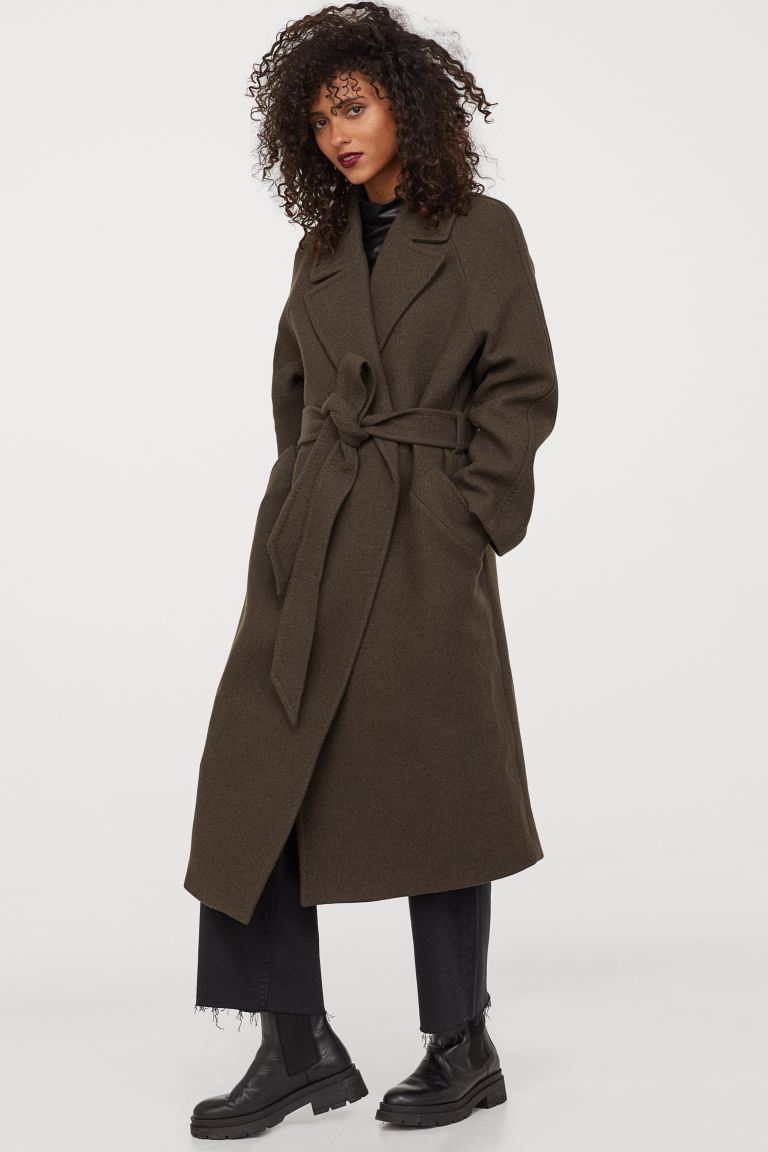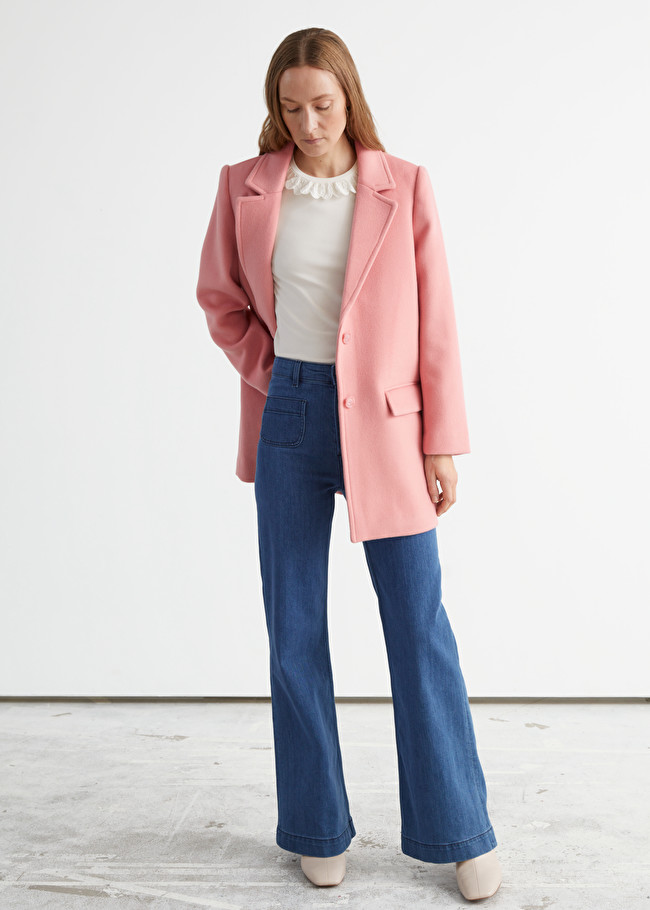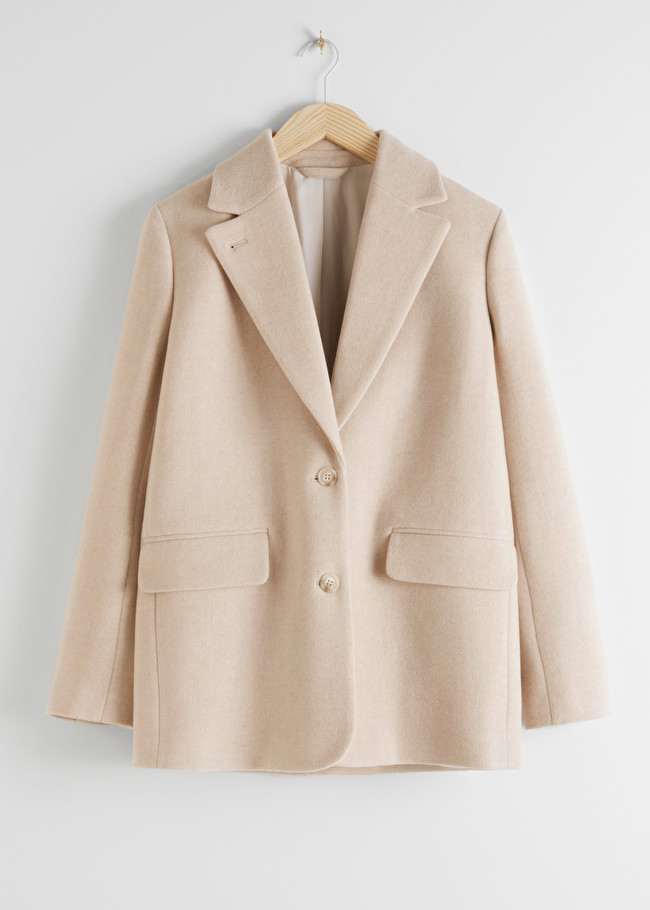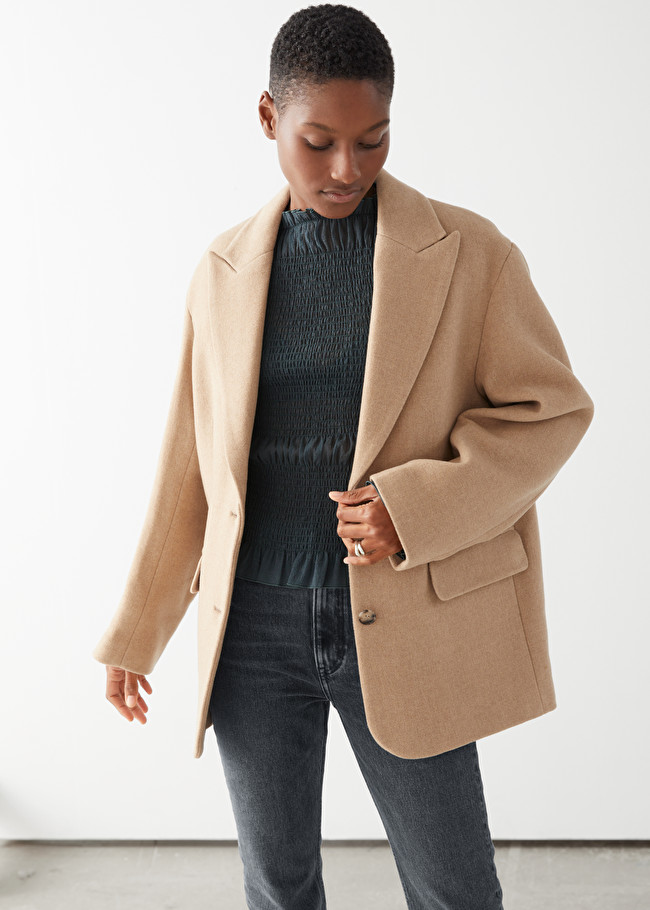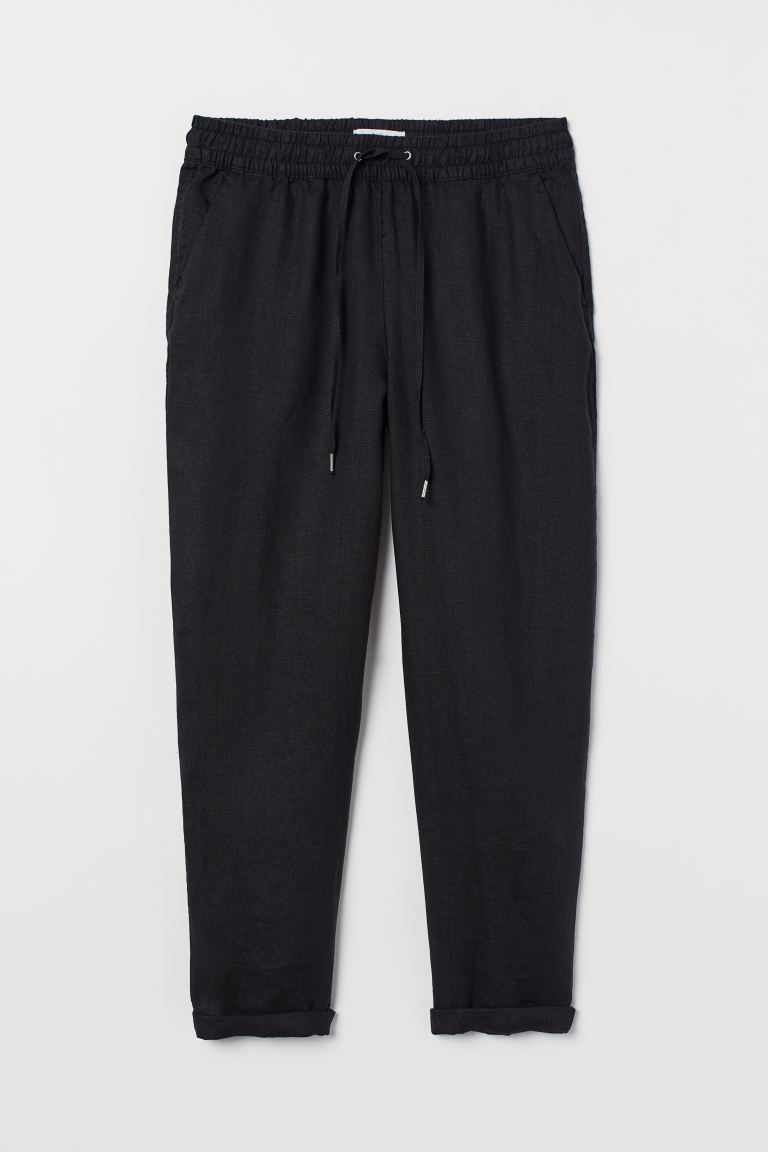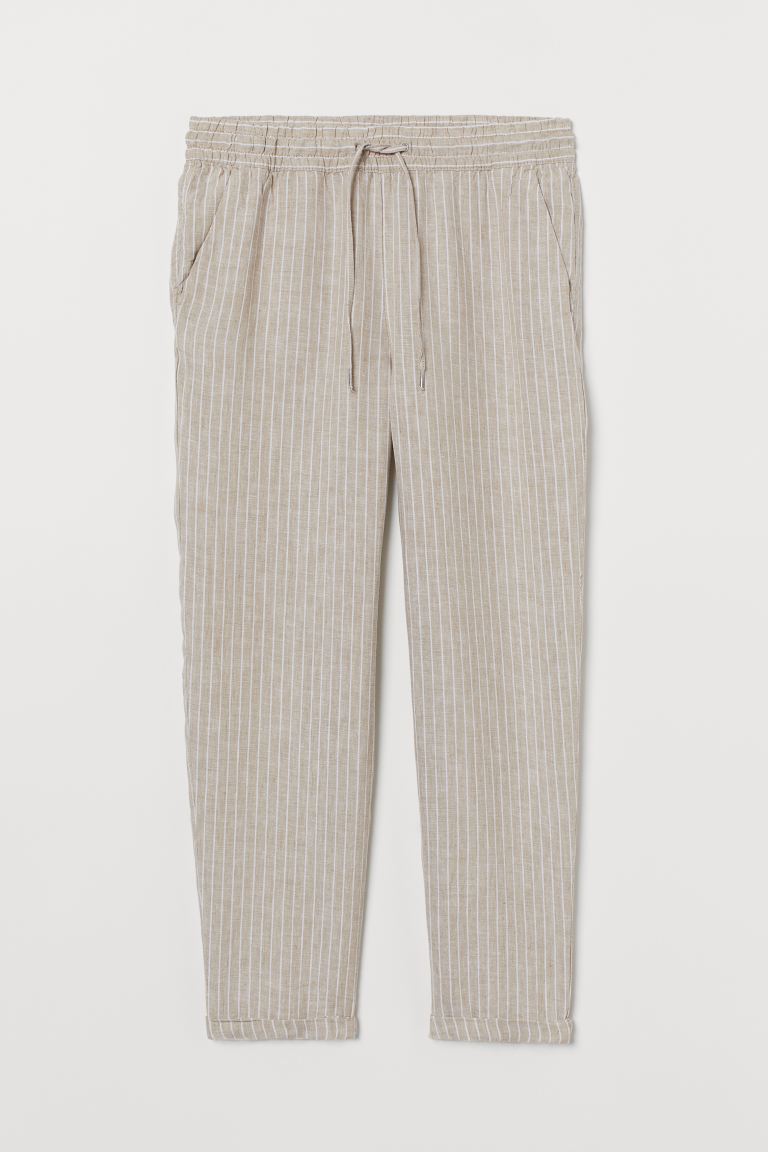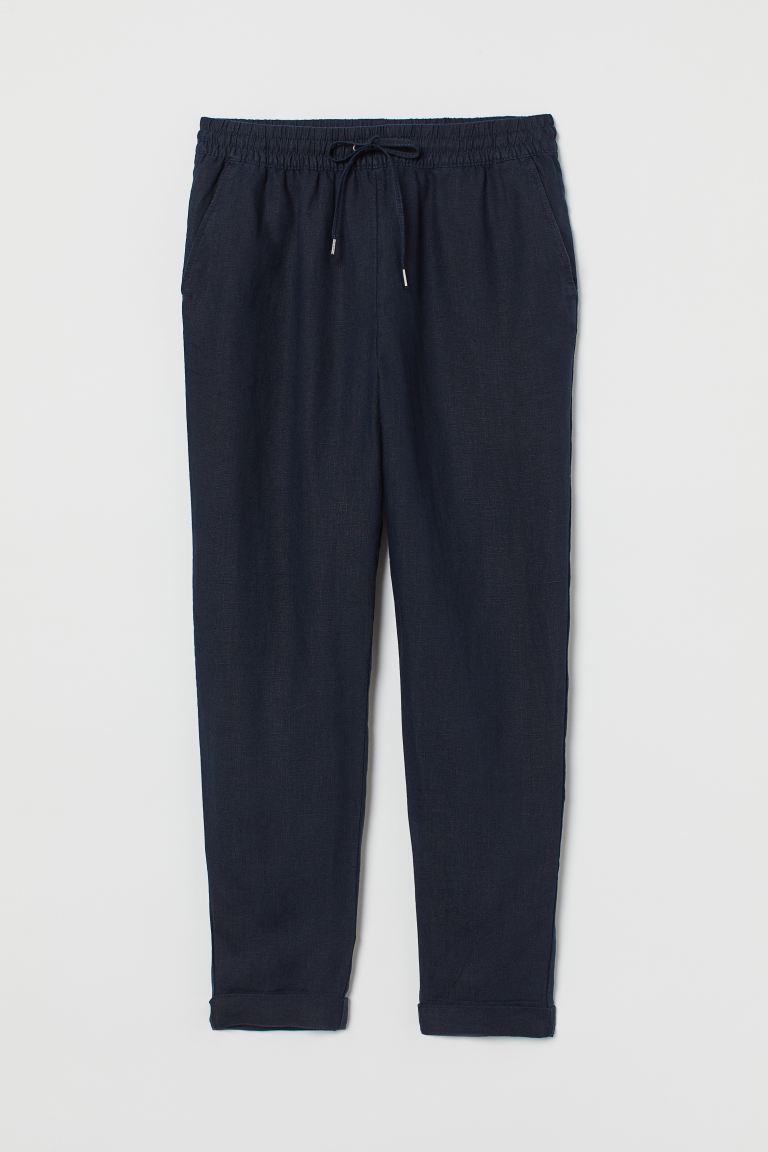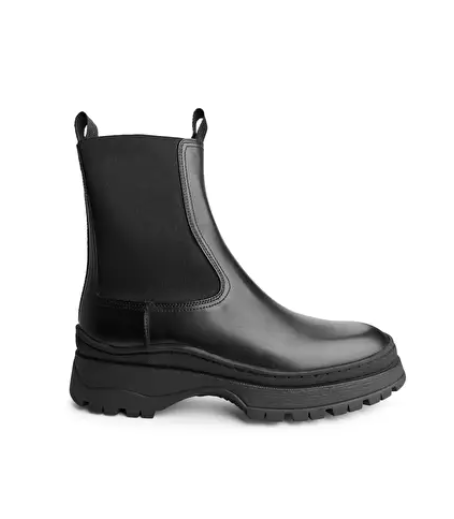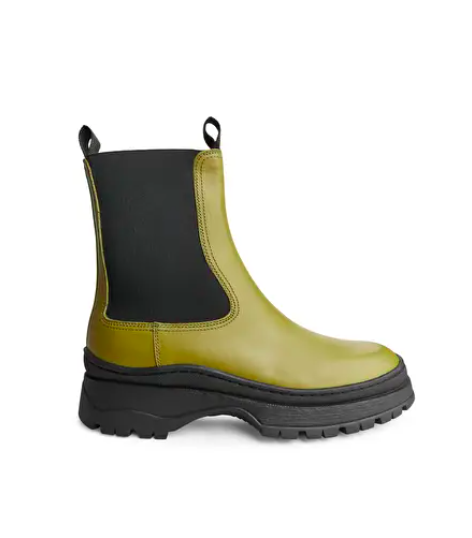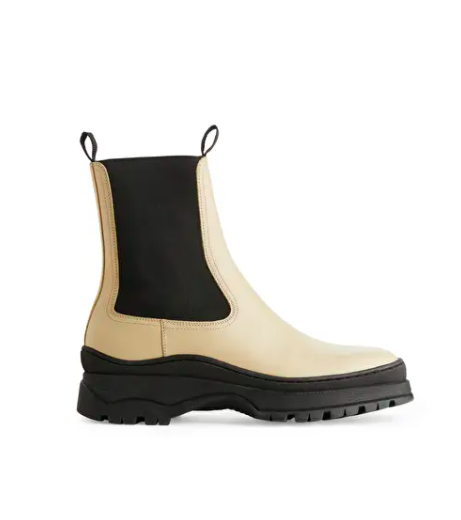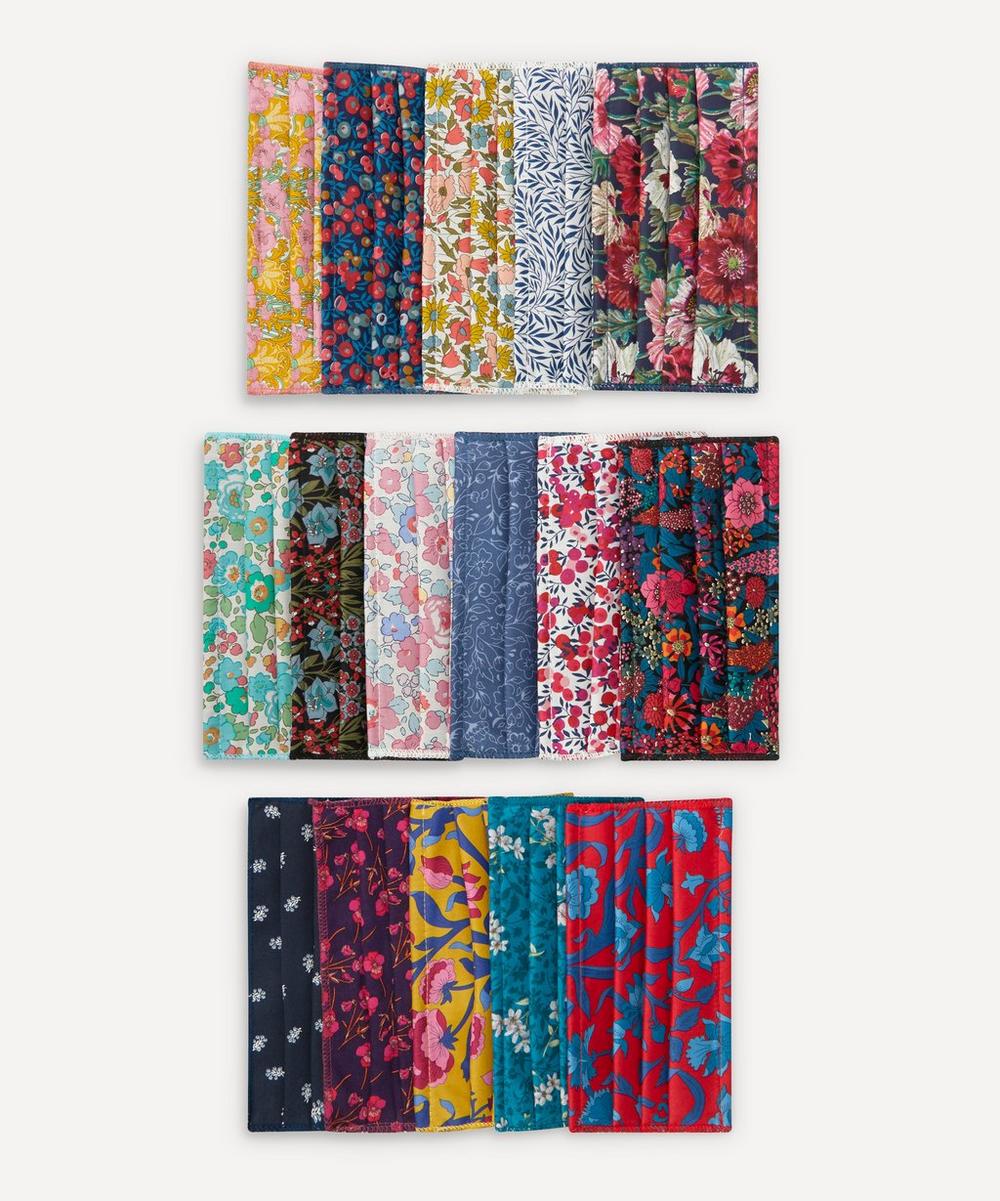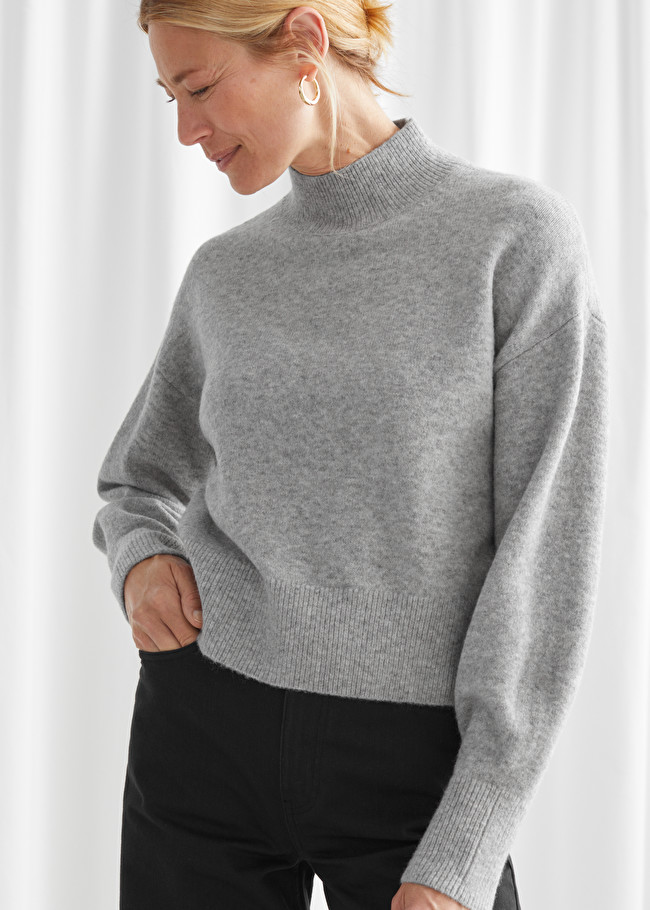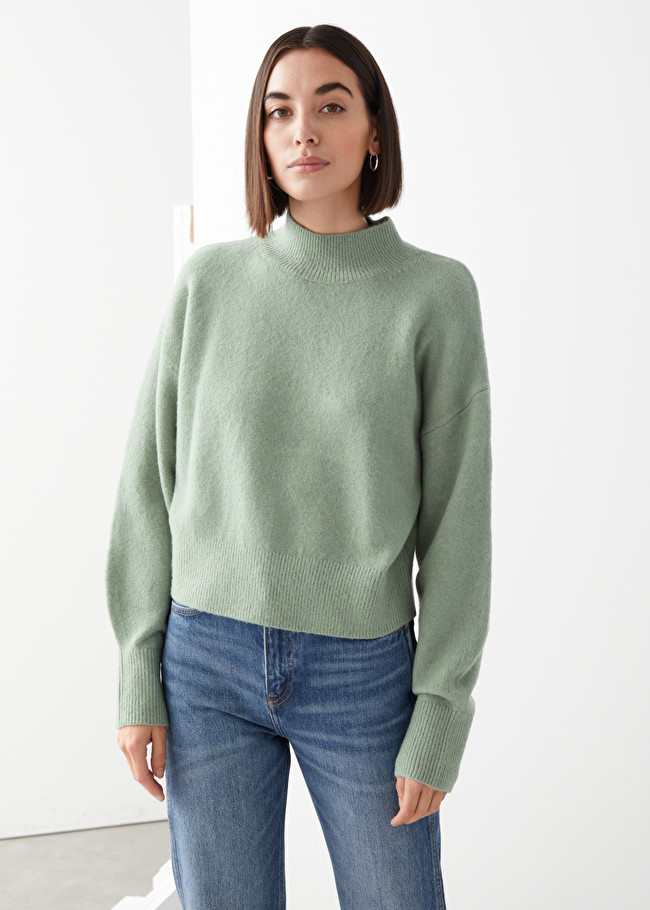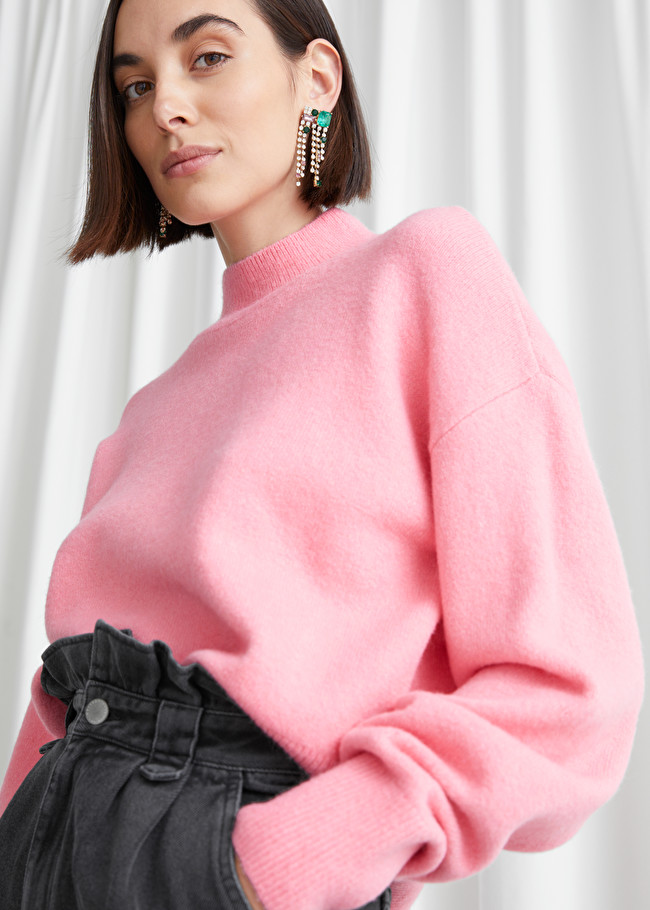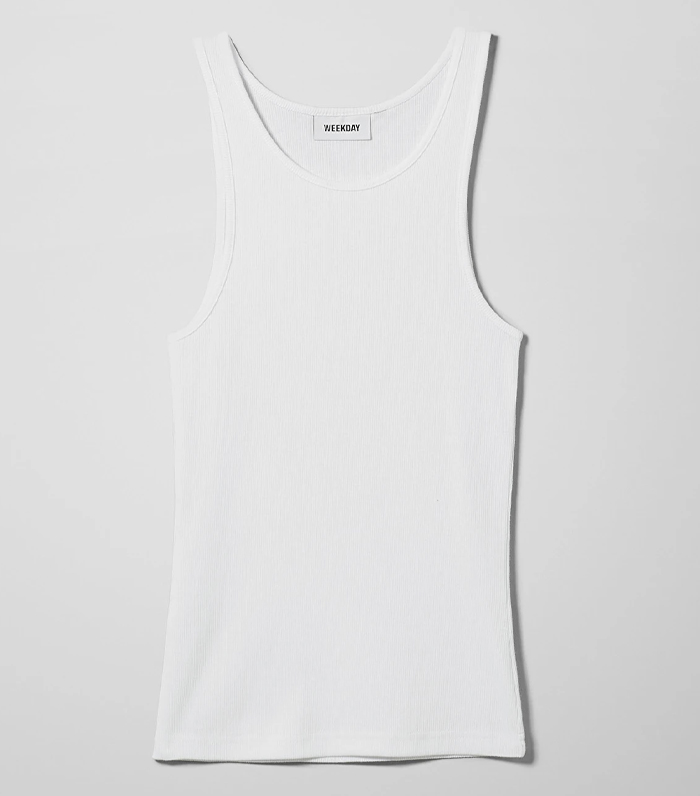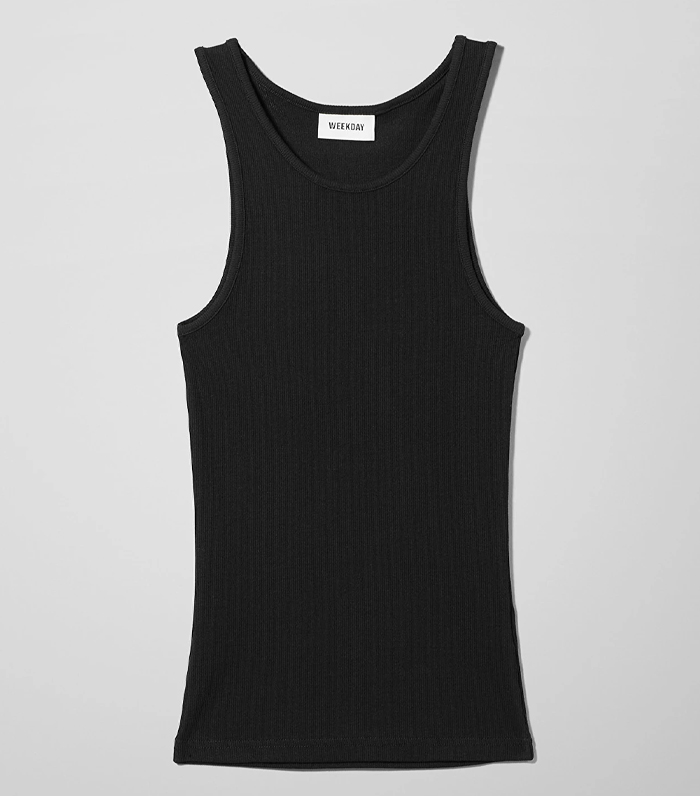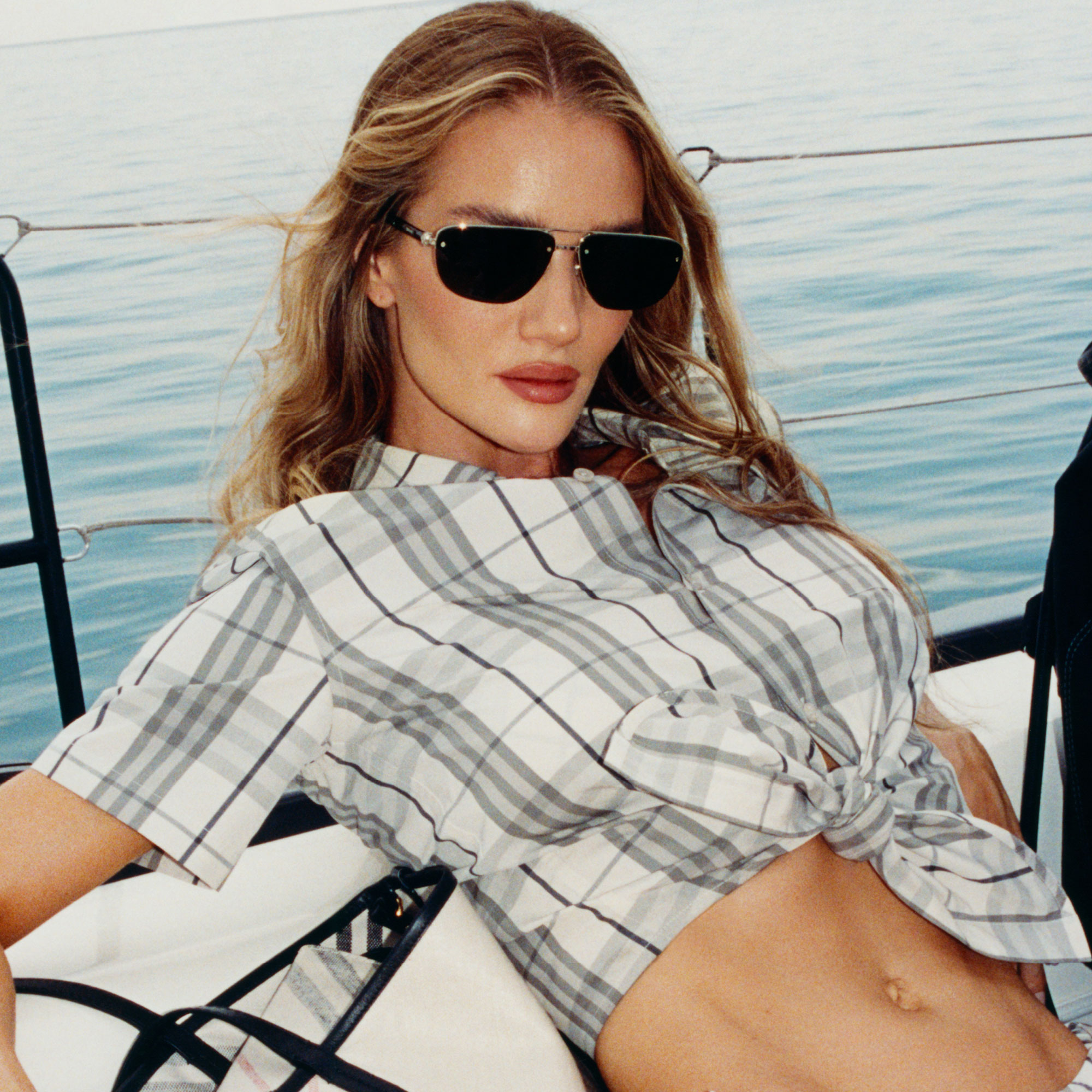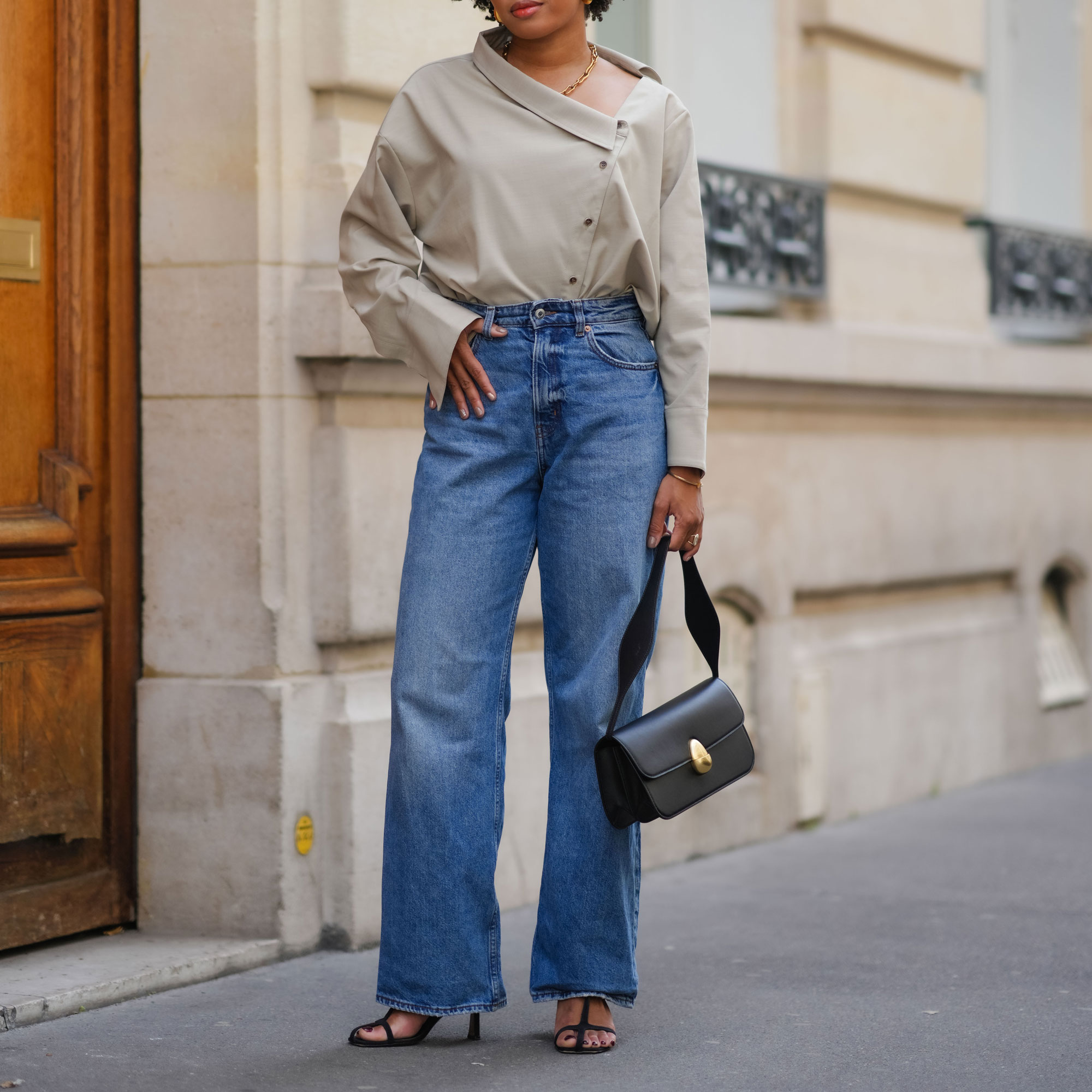How the Pandemic Changed the Way We See Fashion
Fashion designer Elsa Schiaparelli once said, "In difficult times, fashion is always outrageous," and while she might be famed for dressing aristocrats in lobster-embellished ball gowns and shoe-shaped hats, Schiaparelli probably knew more about difficult times than the average designer, being at the height of fame between the two world wars. Skip forward 90 years and the world is dealing with difficult times of a different nature, yet those of us who work in the fashion industry are still asking the same question: What role should clothes play in moments of such historic upheaval?
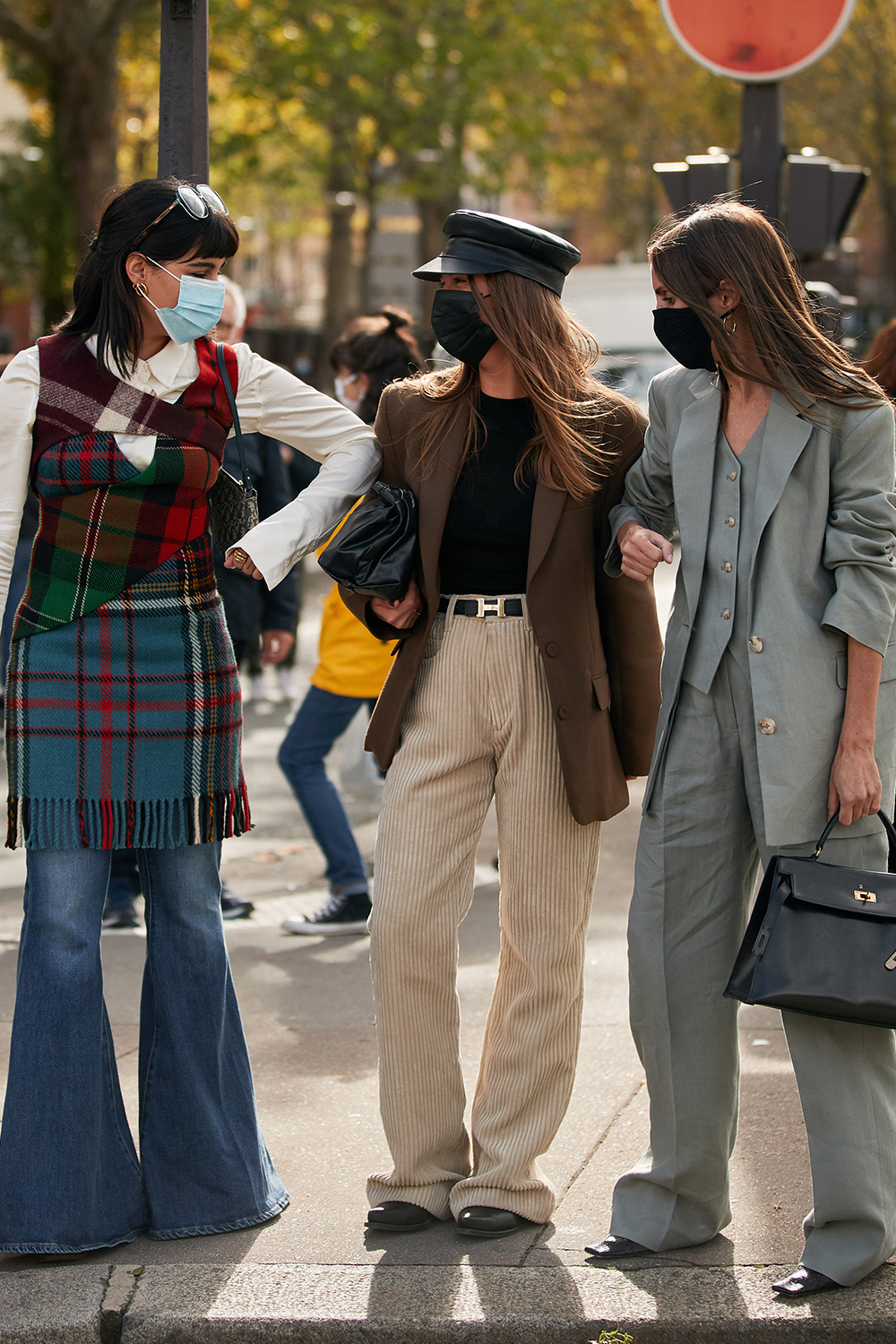
An Emotional Education
As someone who is paid to think and write about fashion, 2020 has been a somewhat disorientating experience. As full lockdown kicked off in March, my outfits, which were once a marker of identity, quickly became a blur of stretchy waistbands, shearling slippers, and thick jumpers. "Outrageous" is hardly the operative word here. My new Groundhog Day–like existence took away the predictable rhythms that usually shaped my wardrobe: commuting, dinners out, socialising with friends. In the absence of these style signposts I had to re-evaluate my relationship with my wardrobe—it didn’t help that the only individuals seeing my outfits most days were my husband and the sheep in a nearby field. The feedback on both counts was underwhelming.
"Because we can 'play' with clothes and change our identity, fashion can act as a distractor," explains fashion psychologist Carolyn Mair. "It can help take our mind out of whatever we are finding stressful, and it can help us to present different identities and escape. But sadly, there are fewer opportunities to do this right now."
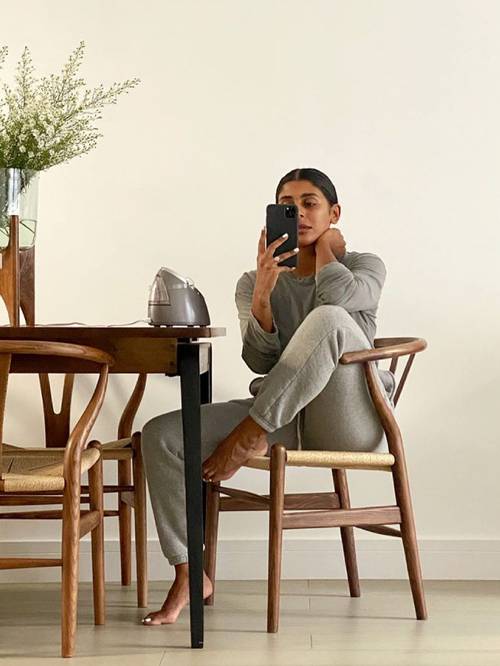
Clare Seal, author of Real Life Money & The Real Life Money Journal, agrees: "I think that for a lot of us there’s a fear of losing our identity or sense of style when we don’t have a reason to dress up, but I also think that the lockdown period has encouraged us to 'shop our wardrobes' more and maybe rediscover some old treasures, too. Some people have found themselves spending less because of having fewer events to buy new clothes for, while others used online shopping as a bit of a crutch for managing their emotions."
For those who aren’t firm followers of fashion, clothing may play a quieter role in day-to-day life, but there will always be a connection, even on a subconscious level, between what you wear and your state of mind—just think of the confidence-boosting powers of a first-date LBD or the tailored authority of a two-piece suit. It is unsurprising then that as large swathes of the UK were suddenly confined to their homes, online retailers saw spending patterns shift dramatically.
Fashion analysis platform Lyst reported that in April 2020 global searches for joggers grew 123% compared to the same time last year, while searches for leggings jumped by 48%. Furthermore, some of Lyst’s most in-demand buys of 2020 included Nike joggers, Ugg slippers (which, in the space of one week, were saved on shoppers’ wish lists more than 10,000 times), a tank top from The Frankie Shop, and Birkenstocks's comfy-cool Arizona sandals. On Who What Wear, readers couldn’t get enough of Arket’s down puffer coat, an item which is set to be the most popular purchase of autumn/winter 2020.
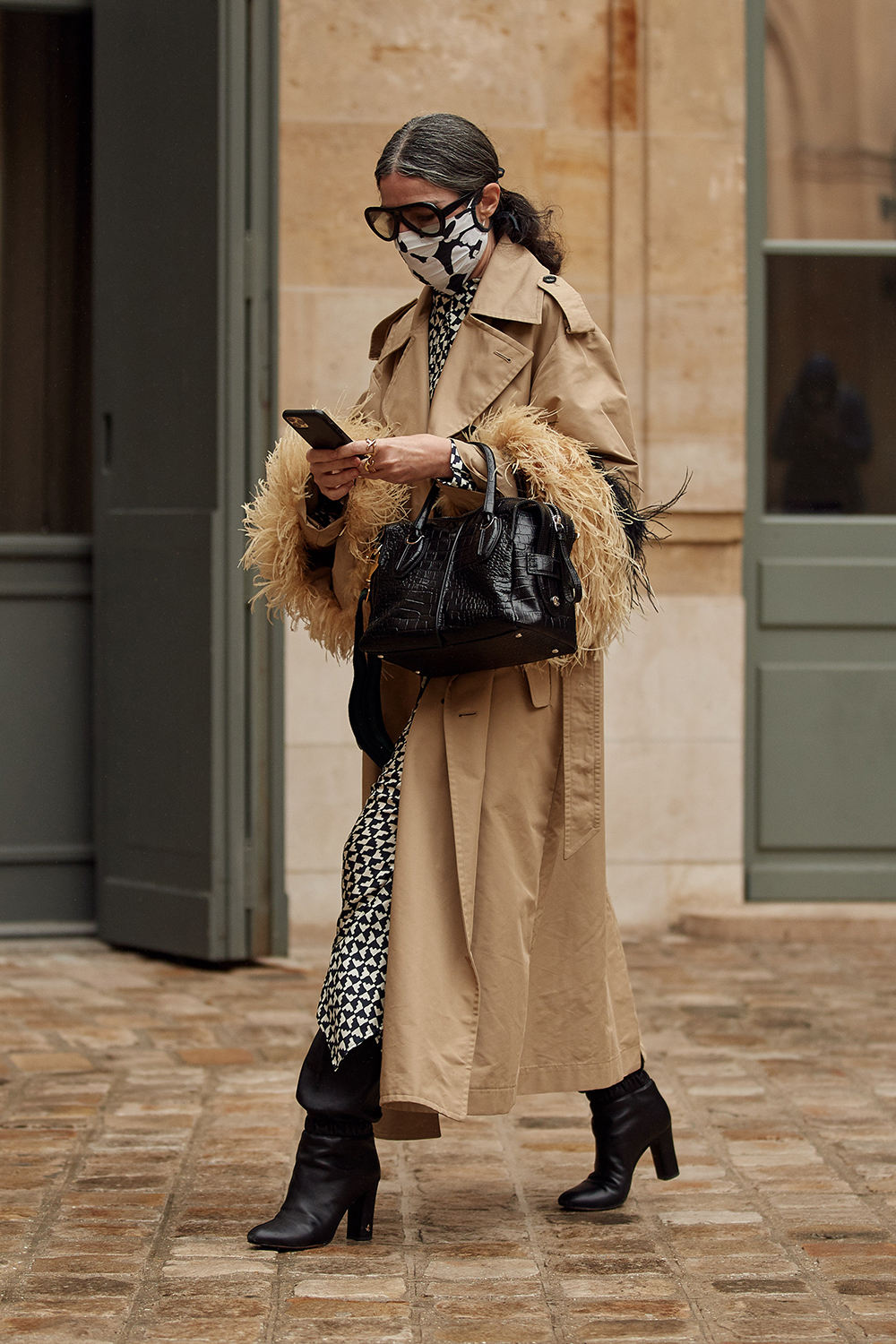
"Since the beginning of lockdown, we’ve seen an increased interest in loungewear and comfort dressing, and we definitely expect this trend to continue as people are looking at spending more time at home or working from home," explains Heather Gramston, head of womenswear at Browns Fashion. "As a result of this, for the new season, we’ve added more loungewear brands including Sleeping With Jacques and Deiji Studios, and we are continuously exploring designers in this category in order to fulfill the ever-evolving needs and desires of our customers."
If spending acts as a reflection of a collective consumer consciousness, then these stats speak to a craving for both comfort and simplicity, one that comes from the cocooning warmth of woollen knits and the body-loving comfort of jersey fabrics. Against a backdrop of uncertainty, this year has highlighted the power of small pleasures, and while fashion is only a small piece of the puzzle, its role is not one to be underestimated.
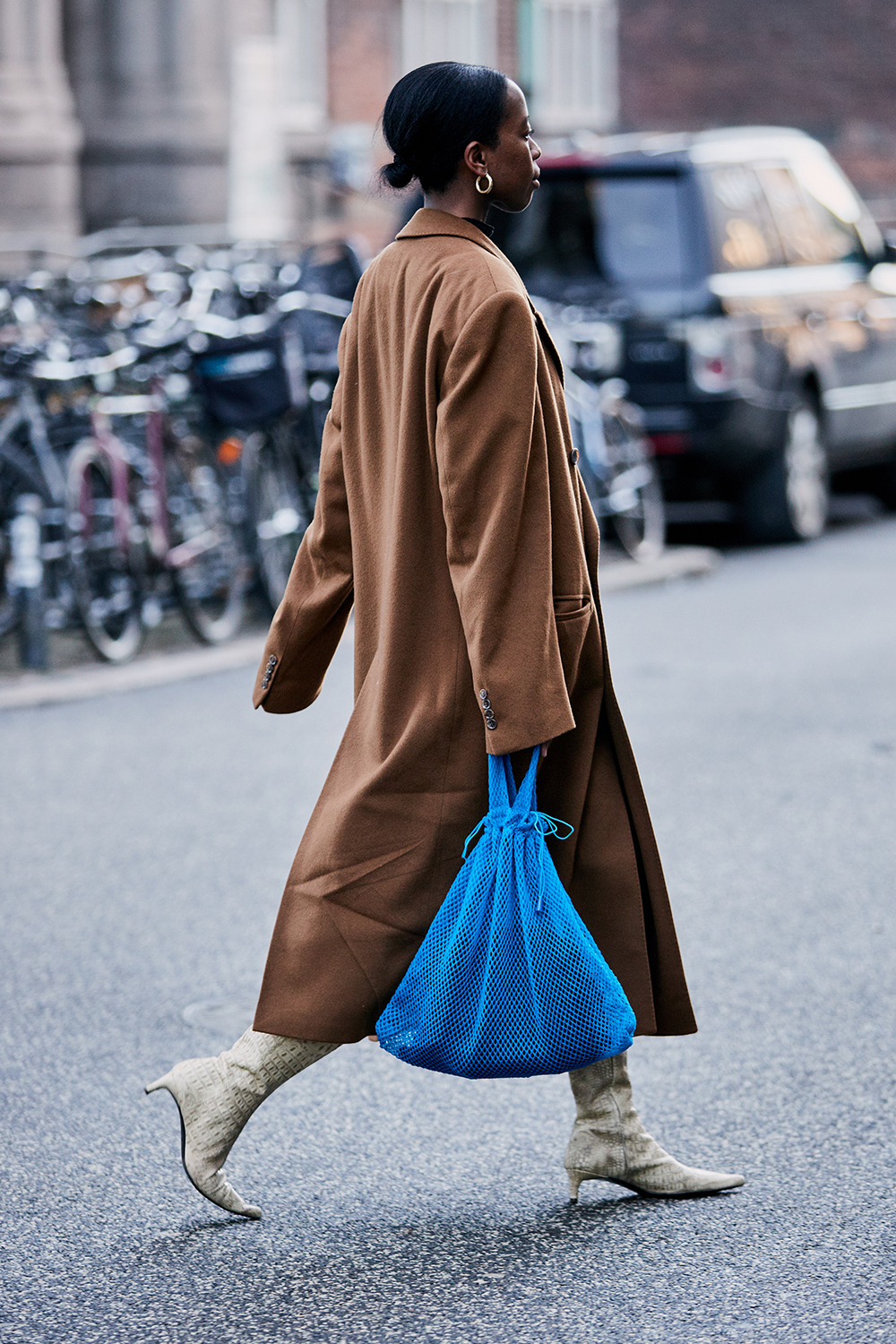
Changing the System
As we enter the final weeks of 2020, it’s becoming clear that the pandemic has accelerated many structural changes within the fashion industry that were previously in their early stages, such as the decline of bricks and mortar stores or the growth of online shopping (Lyst recorded a whopping five years of e-commerce growth in the space of five months). But one unexpected yet positive development has been consumers’ growing interest in the ethics surrounding fashion, specifically issues of sustainability and diversity.
Spring 2020 not only marked the start of lockdown, but it also saw the Black Lives Matter movement dominate headlines following the tragic killing of George Floyd, the ripple effects of which were felt across the globe. Within the fashion industry, it acted as a catalyst for platforms and brands to examine the systemic racism at the heart of the system, and in turn, this offered grassroots initiatives the chance to answer this call for change.
In the UK, Black Pound Day was launched to encourage the public to spend money with local and online UK Black-owned businesses. Meanwhile, in the US, the 15 Percent Pledge, a not-for-profit organisation founded by Aurora James, called for brands to pledge 15% of their shelf space to Black-owned businesses: "I asked myself, How can I attach a metric to feeling like these companies are actually standing with me and supporting me in a meaningful way? I said, here's one thing you can do for us," James explained on the Second Life podcast. "It's teaching us that as individuals we're able to make real change."
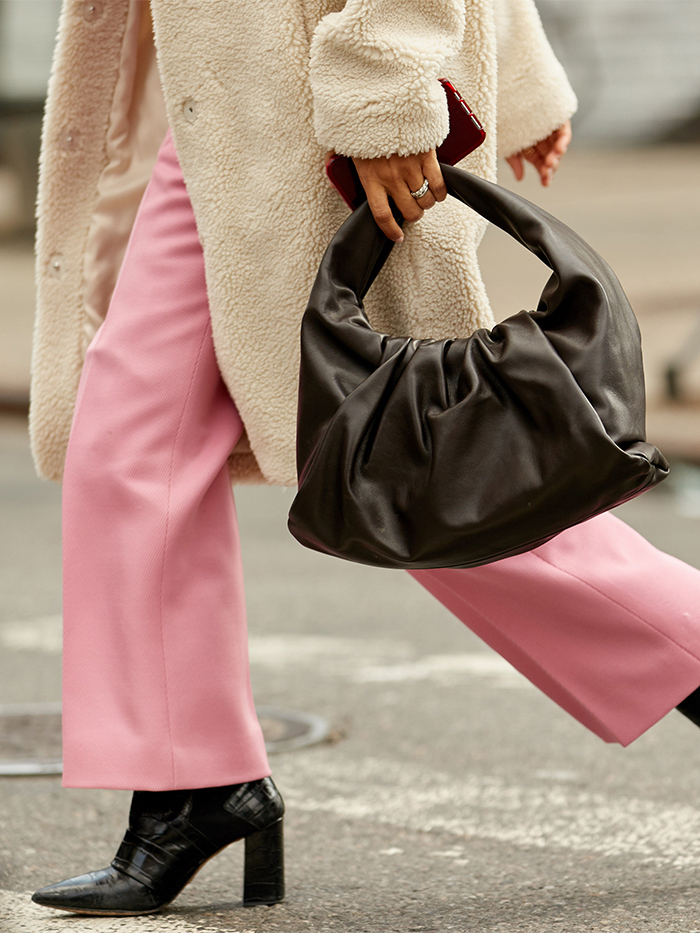
The last 12 months have also seen a boom in the fashion resale sector, and resale app Depop reported that it doubled its turnover since lockdown began, and there are now over 25 million users on the platform. Similarly, Vestiaire Collective saw a 144% year-on-year growth in sales, and Open for Vintage had its biggest year to date. According to the Business of Fashion, "Before the pandemic hit, the resale market was on track to double from $24 billion in 2019 to $51 billion by 2024… This growth may very well accelerate."
Luxury e-commerce platform Net-a-Porter also saw a huge spike of interest for its Net Sustain collection in 2020, with almost two thirds of their customers shopping from the edit. "Shopping with a purpose seems to be the approach, with a focus on sustainability and charitable initiatives really driving customer interest," says Net-a-Porter’s senior fashion market editor Libby Page. "I think we will find a 'new normal' in all aspects of our lives, from the way we work, to the way we consume, but fashion and the luxury industry needs to focus on the wider world more than ever to maintain relevance and credibility. The importance of shopping with a purpose will remain long after the pandemic."
It is unfortunate that it should take such a devastating set of circumstances to precipitate long-overdue change within the fashion industry. But let’s hope this is the start of both brands and shoppers reassessing their priorities and changing trajectory for good.
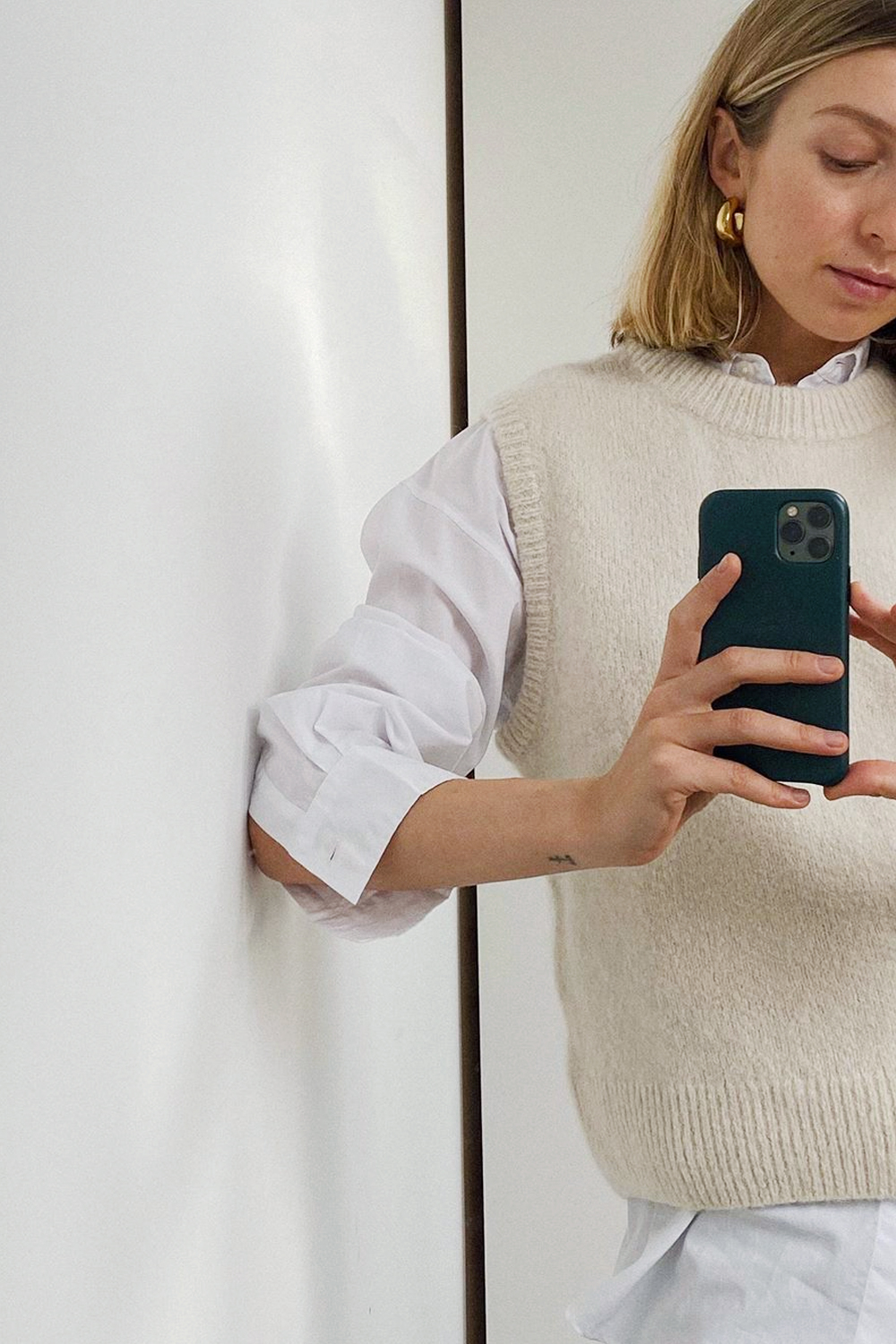
The Power of Uniform
As more and more businesses embrace home working as a permanent cultural shift, 2020 will forever be known as the year that Zoom took over our lives. With the boundaries between weekend wear and office wear slowly disintegrating, traditional work clothes have experienced a low-level existential crisis. Forget knitted co-ords and Ugg slippers. For many of us, this sartorial repositioning is the most palpable change to our wardrobes this year.
"I have really tried to 'get dressed' every day from the start of lockdown, as it helps to shape the day," says Daisy Hoppen, founder of luxury PR agency DH-PR. "Given that so much of our work is still client focused, even over Zoom, it felt important to be dressed correctly. I do think that working from home will change how we view workwear, but I also think that people will still want to find happiness in getting dressed. At the end of the day, there is a ritual to getting changed from your "day" clothes that I personally like."
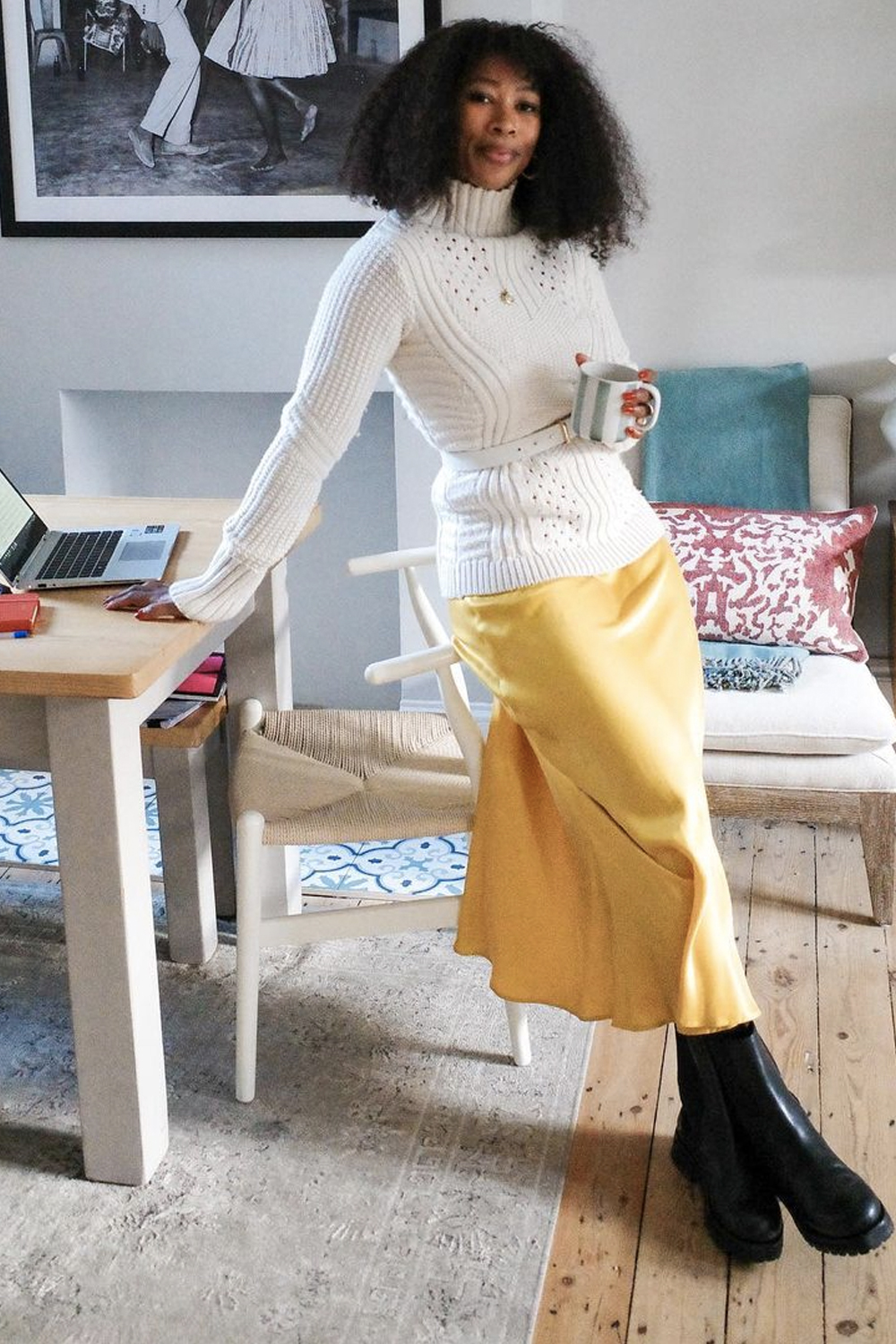
Like Hoppen, commercial lawyer Thandi Maqubela is acutely aware of the importance of maintaining professionalism, particularly when working within a corporate environment. "I've always enjoyed getting dressed for work. It almost feels like it's a great excuse to get dressed up," she explains. "To use a word that has somewhat lost its lustre, the clothes I wear definitely have an 'empowering' effect on me. It definitely took me a little while to find my WFH look, which, with absolutely no intention to cast aspersions, does not feature loungewear! During lockdown, the professional landscape has certainly shifted in terms of what is deemed to be appropriate workwear, but that being said, I'm still wearing the dresses I'd typically wear into the office, just without a blazer."
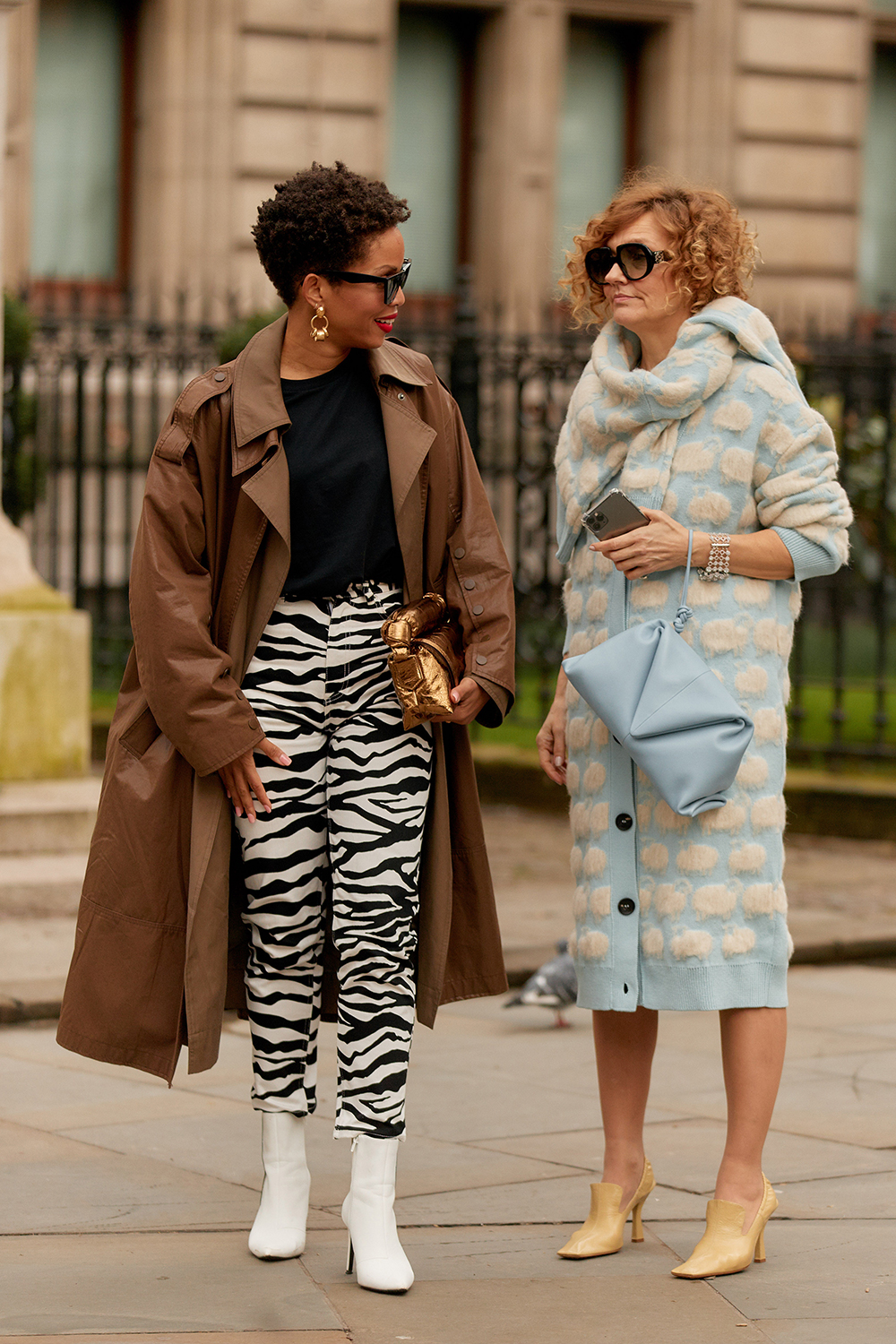
But what about those on the frontline? As the rest of us are experimenting with more laid-back separates and "shoulders-up" dressing, for doctors and nurses, the role of uniform has taken on an even greater and more sobering significance. "With the mask, visor, gown, and gloves, you quickly become almost unrecognisable, so it’s goodbye to individuality or any sort of personality," explains trainee paediatrician Flick Montgomery. "Not having anywhere to really dress up for during lockdown has been tough, and when you’re exhausted from the added stress at work, comfy clothes end up being your go-to."
However, as her wardrobe became increasingly focused on functionality, Flick discovered the power of particular hero items—pieces that not only carried her through her night shifts but that also made her feel good: "I’ve honestly lived in my Lululemon On the Fly pants. I have two pairs in black and dark green, and I wear them at home, at the hospital, and for cycling to work. They've had so many compliments from my colleagues because they look smart, and I love telling people that they’re essentially leggings. I also recently bought All Birds runners for work, and I’ve never had such comfy feet. They’re like slippers!" The perfect example of the small yet significant impact fashion can have in the midst of hardship.
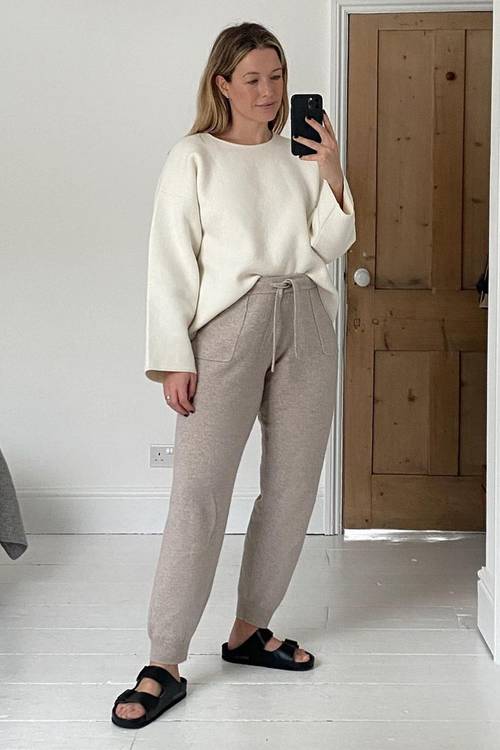
As we head towards 2021 and reflect on the year that’s passed, I’m certain that our fashion choices won’t be the prevailing memory. Rather it will be the relationships that kept us going and the struggles that we faced and overcame. Yet for me, in the face of the 2020’s disarray, clothing became one of the few things that anchored me to normality, a quiet yet steady drumbeat that allowed me to mould my surroundings, shift my mindset, and lose myself to small pleasures. Outrageous will just have to wait— sorry Schiaparelli.
The Items Who What Wear's Readers Loved in 2020
THE ARKET PUFFER
THE H&M WOOL COAT
THE & OTHER STORIES BLAZER
THE H&M LINEN JOGGERS
THE ARKET BOOTS
THE LIBERTY FACE COVERINGS
THE & OTHER STORIES KNIT
THE WEEKDAY TANK TOP
Up next: Spring/Summer 2021 Trends: The Most Important Fashion Looks You Need to Know
-
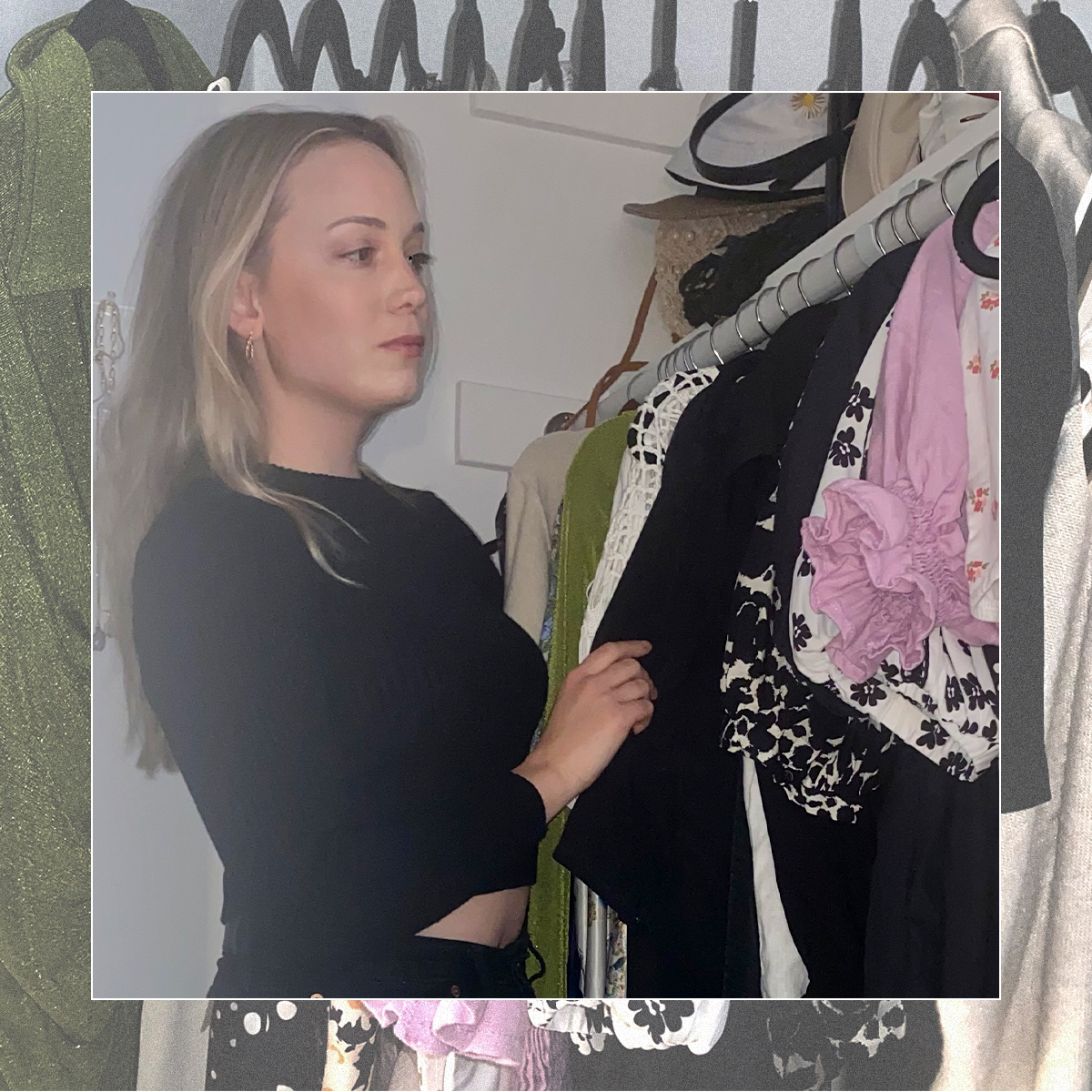 I Tried the Closet Hanger Trick—Here's What I Wore the Most and What I Ditched
I Tried the Closet Hanger Trick—Here's What I Wore the Most and What I DitchedAs seen on TikTok.
By Michaela Bushkin
-
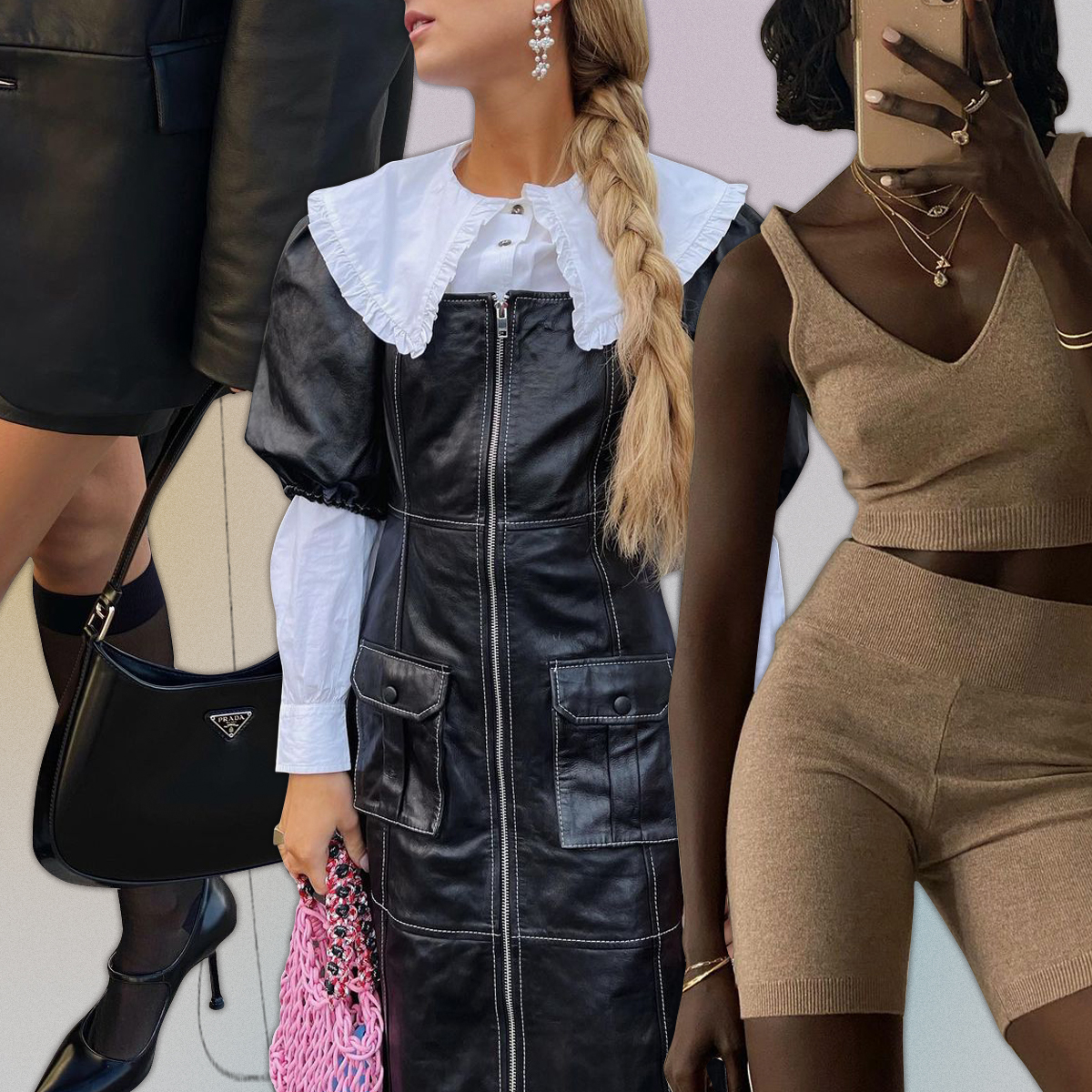 The It List: 9 Brands, Trends, and Items That Mattered Most in 2020
The It List: 9 Brands, Trends, and Items That Mattered Most in 2020Consider this your year in review.
By Lauren Eggertsen
-
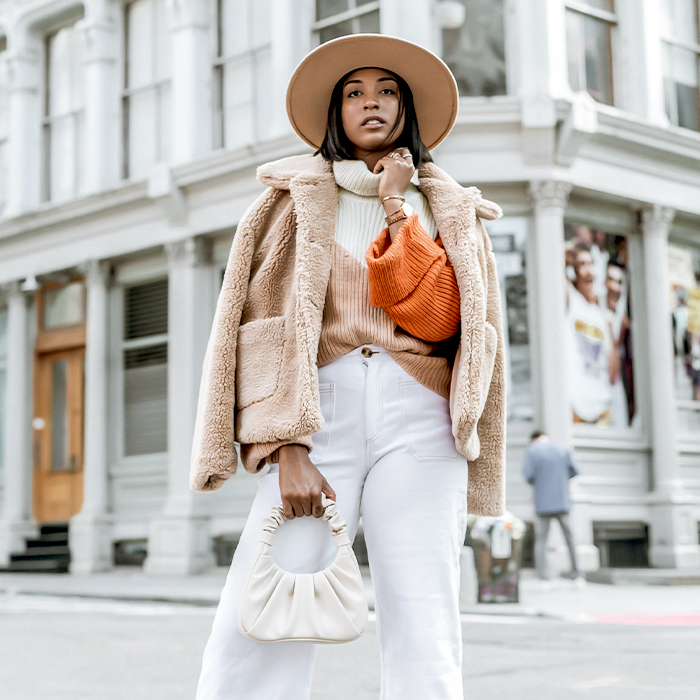 5 Game-Changing Charities These Fashion Influencers Want You to Study
5 Game-Changing Charities These Fashion Influencers Want You to StudyWe're listening.
By Nayiri Mampourian
-
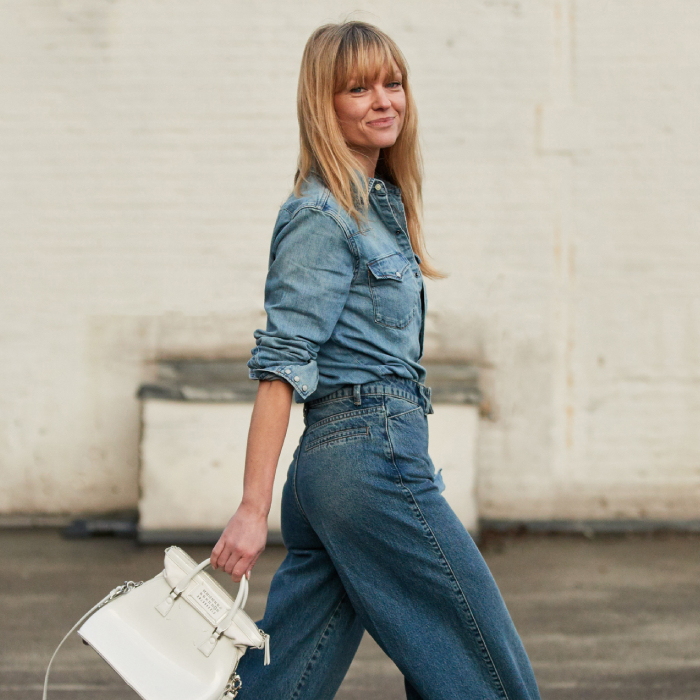 This Is the Trending Jeans Style for Summer—and It's Super Comfy
This Is the Trending Jeans Style for Summer—and It's Super ComfyYes, really.
By Elinor Block
-
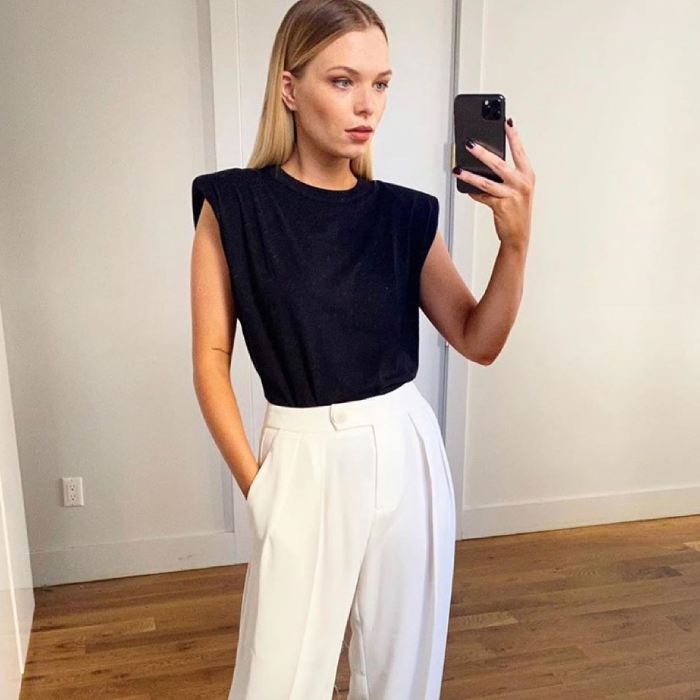 This Basic Mango Top Will Make Any Outfit Look Expensive
This Basic Mango Top Will Make Any Outfit Look ExpensiveIt goes with everything in your wardrobe.
By Elinor Block
-
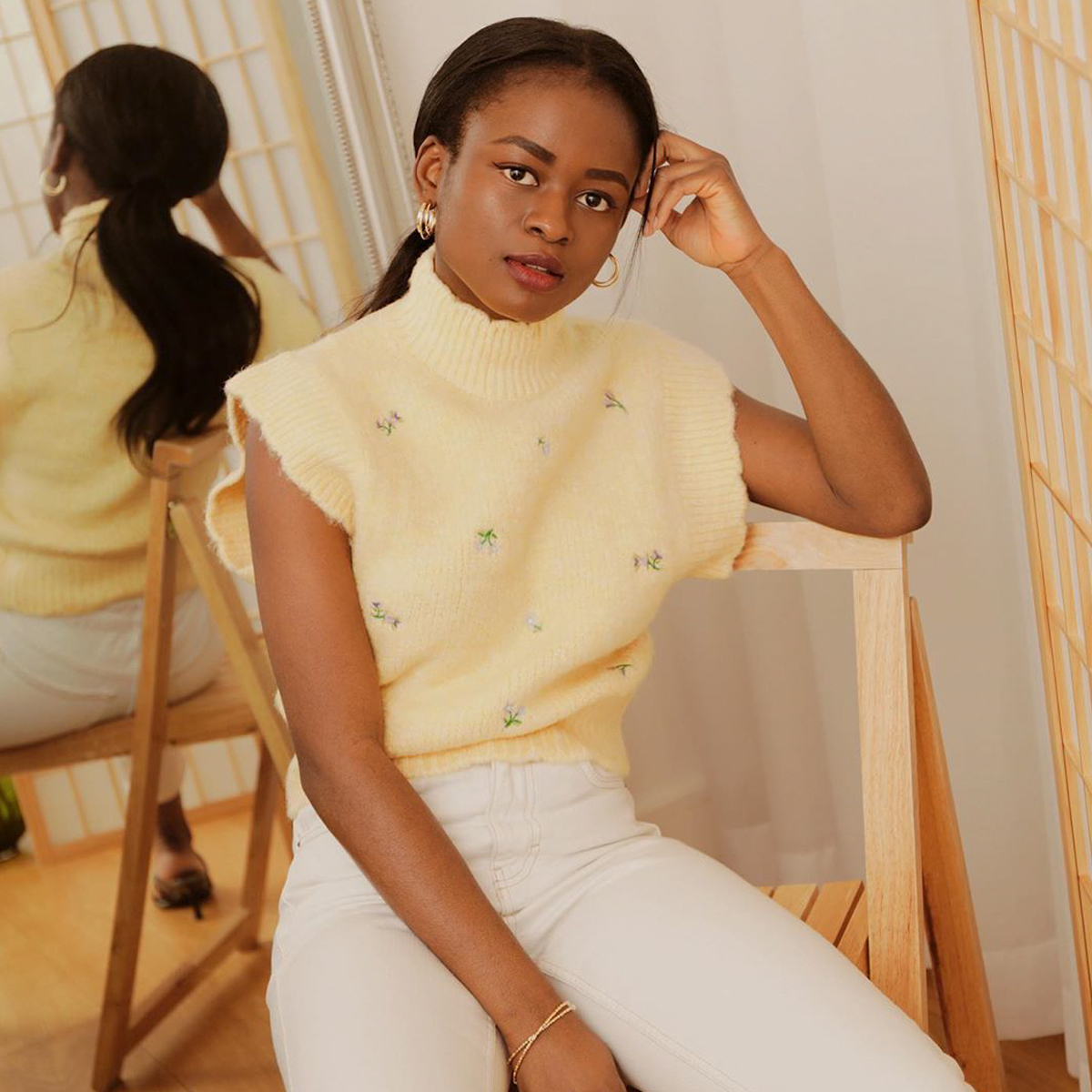 5 Zara Spring Buys We Predict Will Sell Out First
5 Zara Spring Buys We Predict Will Sell Out FirstTrend heaven.
By Maxine Eggenberger
-
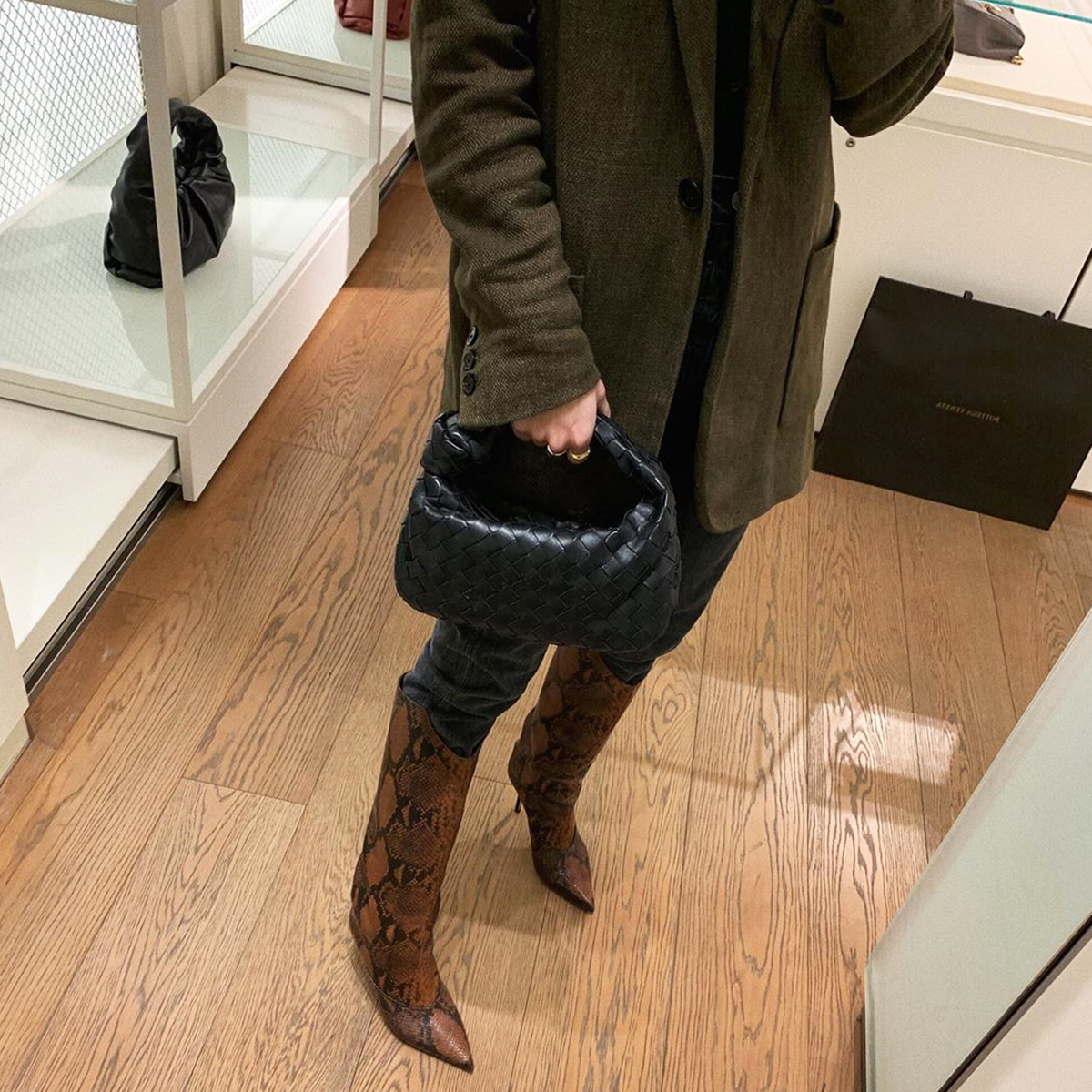 The Designer Bags That Will Be Everywhere This Year
The Designer Bags That Will Be Everywhere This YearBottega, Bottega, Bottega.
By Emma Spedding
-
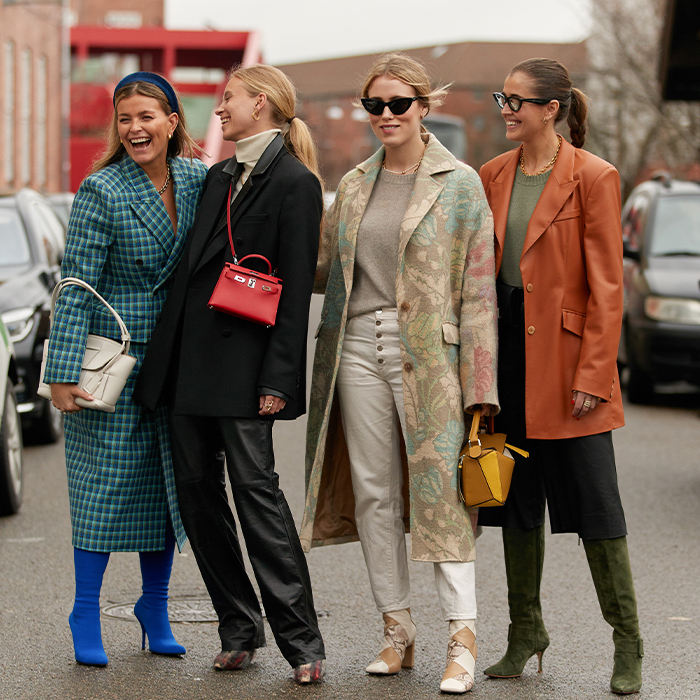 4 Coat Trends That Are Already Dominating Street Style Pictures in 2020
4 Coat Trends That Are Already Dominating Street Style Pictures in 2020These were everywhere at Copenhagen Fashion Week.
By Zoe Anastasiou
